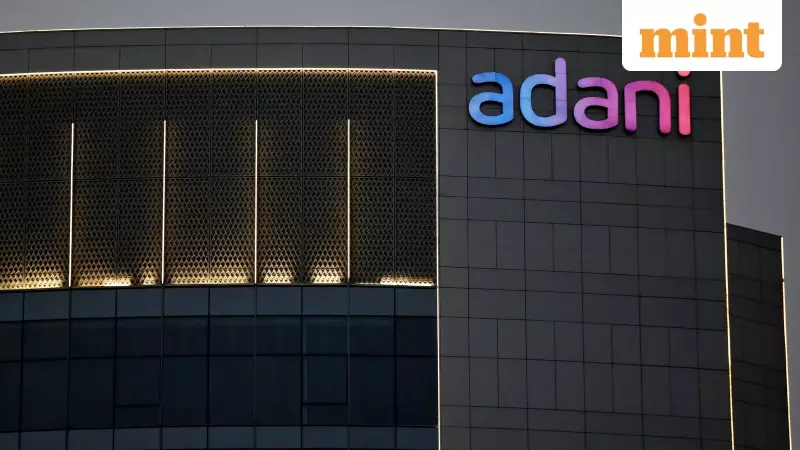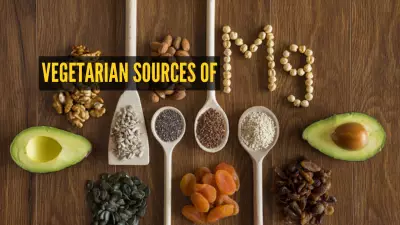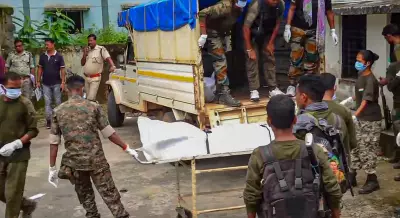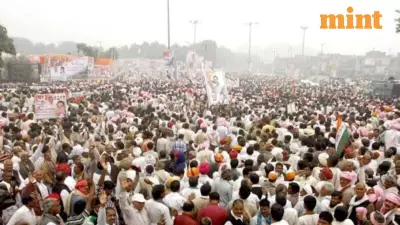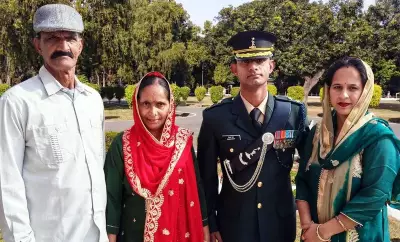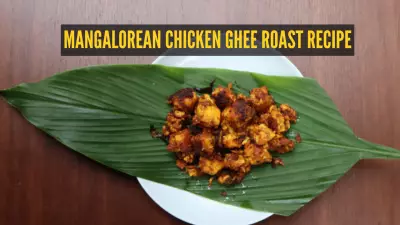Politics
3 Naxalites, Including Woman, Killed in Sukma Encounter with Security Forces
A woman among three Naxalites was killed in an encounter with security forces in Chhattisgarh's Sukma district on December 18. Police confirm the operation was based on specific intelligence.
Business
Bengaluru's 7 Road Plan in Buffer Zones Faces Land Acquisition Hurdle
Bengaluru's plan to build seven roads in stormwater drain buffer zones for mobility and encroachment prevention faces significant land acquisition challenges. Details inside.
World
Trump Hints at Florida Summit with Netanyahu, El-Sisi Amid Gaza Truce Efforts
US President Donald Trump indicated a potential meeting with Israeli PM Netanyahu and Egypt's El-Sisi in Florida to advance Gaza ceasefire and peace plan. Read the latest developments.
Entertainment
Dhruv Vikram Shocked by 6 Vanity Vans Per Actor, Kriti Sanon & Ishaan Khatter Debate Entourage Culture
Dhruv Vikram, Kriti Sanon, Vicky Kaushal & Ishaan Khatter discuss excessive actor demands like 6 vanity vans. Kriti calls for cutting luxury costs, Ishaan contrasts with Hollywood's DIY culture. Read more.
Lifestyle
Health
Night Shelters Operational in Noida, Ghaziabad for Cold Wave
District administrations in Gautam Buddh Nagar and Ghaziabad have opened night shelters with blankets, food, and bonfires as temperatures are set to dip. Officials conduct inspections to ensure no one sleeps in the open.
Woman missing since 2008 reunited with family in Nagpur
A woman from Uttar Pradesh, missing since 2008 and presumed dead, was reunited with her family at Nagpur's Regional Mental Hospital after a 15-year search. Read the emotional story of hope and the ongoing quest to find her missing daughter.
Dry Mouth Not Going Away? Doctor Explains Hidden Causes
Is your dry mouth lasting for days? Dr. Mohit Sharma explains when it's more than just dehydration and could signal diabetes, medication side effects, or autoimmune conditions. Learn the warning signs.
Bhiwadi AQI at 353, Hospitals See Surge in Patients
Bhiwadi's air quality index reaches 353, 'very poor' category. Over 1000 patients daily seek treatment for pollution-related ailments. Authorities enforce GRAP-IV restrictions and fines.
Free Health Fair in Lucknow on Dec 20-21 for Vajpayee Centenary
A two-day free health camp will be held in Lucknow's Vikas Nagar on December 20-21, offering consultations, tests, and aids. The event honours former PM Atal Bihari Vajpayee's birth centenary.
Technology
Get Updates
Subscribe to our newsletter to receive the latest updates in your inbox!
We hate spammers and never send spam


